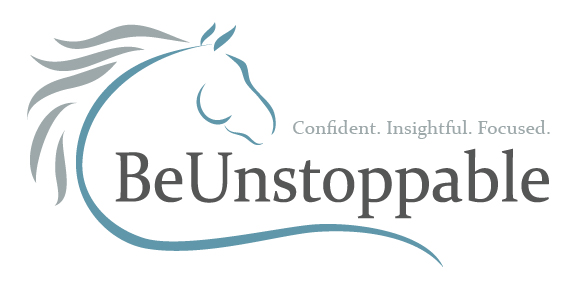
I was ruminating the other day about what it is about a really broke horse that makes everything about them look so good, so comfortable and so effortless.
We all know what it’s not. It’s the absence of stiffness, nervousness and fear.
Ok, but what is it? For me, it’s a beautiful blend of a horse who knows his job and is confident in his rider. One that is physically and mentally capable, plus enjoys what he’s doing.
This kind of horse isn’t a 90 day wonder who’s been forced into compliance without time being taken to condition his body and mind, but rather the product of great genes for the event that he’s to be trained for, a compliant, forgiving mind, a big heart, the physical capacity to do the job, plus his rider has explained things in bite sized pieces until he offers them at the slightest suggestion.
If we’re lucky enough to have the kind of horse, who is that trainable, they almost train themselves…but what about the horse who barely checks those boxes? Is he still worth the effort? For most of us mere mortals, that’s the only kind we’re ever going to have! I believe that most horses can develop into better moving animals and we can help build desire in them to do what we need them to by knowing what we want and breaking it down into small “chunks”, being consistent and fair, and as Greg Ward used to say, “improving them 1% a day and in 100 days, they’ll be 100% better!”
That may not be enough for today’s competitive world, but it surely a start that will help ensure them a better life if you have to move on from them.
The single most important ingredient is to help your horse be soft and responsive. When I first get on a horse, I don’t have an “agenda” for that ride, but rather I try to feel for stiff spots. When I find one, I rub on it like water on a stone, until the sharp edges of fear and resistance get smooth. It’s often a long process and patience is a prerequisite. It’s like massaging a sore muscle, you start off finding the area, then working on it a little deeper each time, until it bends and shapes like you want. I work on their face as well as their ribs and shoulders until they’re capable of moving the way I need them to. It will go like that all through their training process, because each time you introduce a new thing or add speed, resistance occurs. No horse can learn when speed increases or lack of understanding their adrenaline anymore than we can learn something when we are in the throes of an adrenaline rush.
In my next few articles, I’d like to go into this more and give you some ideas how to get your horse softer and keep their adrenaline in check.
Please let me know if you have any things that work well for you!

Great insights! This really gave me a new perspective. Thanks for sharing.
I love this! I will try and begin each ride with “rub(ing) on it like water on a stone, until the sharp edges of fear and resistance get smooth. It’s often a long process and patience is a prerequisite. It’s like massaging a sore muscle, you start off finding the area, then working on it a little deeper each time, until it bends and shapes like you want. Such good words. If only my non-pro self can apply them! (and with my “mortal” horse in mind!)
Hi Sandy – I’m wondering your thoughts on what other trainers are doing with their spurs and legs/feet. I’ve heard several of them saying that they are asking their horses to arch their backs like a cat (basically pressing or gigging them with their spurs while asking for collection. What’s your thought on this? Seems a bit cruel to me like nagging them. I’m also long legged and this would be hard for me to do as my feet hang below their belly. Also I’m wondering what you would think was a good transition bit from snaffle to leverage bit… Read more »
Good analogy about a sore muscle – this gives a good example of how it should be done!
long ago, due to the way I was taught, I was always reluctant to use my legs very much. I was told you want to be careful about it because whenever you touch that horse with your legs you want him to be so sensitive to that he would alomost leap away. I was told also don’t pull on one and leave the horse alone and on a loose rein and only really pick him up to correct him. I ended up with horses that were both stiff and sometimes over reactive because everytime I gathered them upthey thought they… Read more »
I love how you liken the softening process to “water on a stone.” I started my two young mustangs under saddle this spring and one is slightly stiff bending to the left, and the other is more stiff to the right. I’d love to hear more about how you work with softening a young horse through the head, neck, and shoulders (heck, through the whole horse!!), while keeping each session in achievable sized learning chunks. Thanks so much!